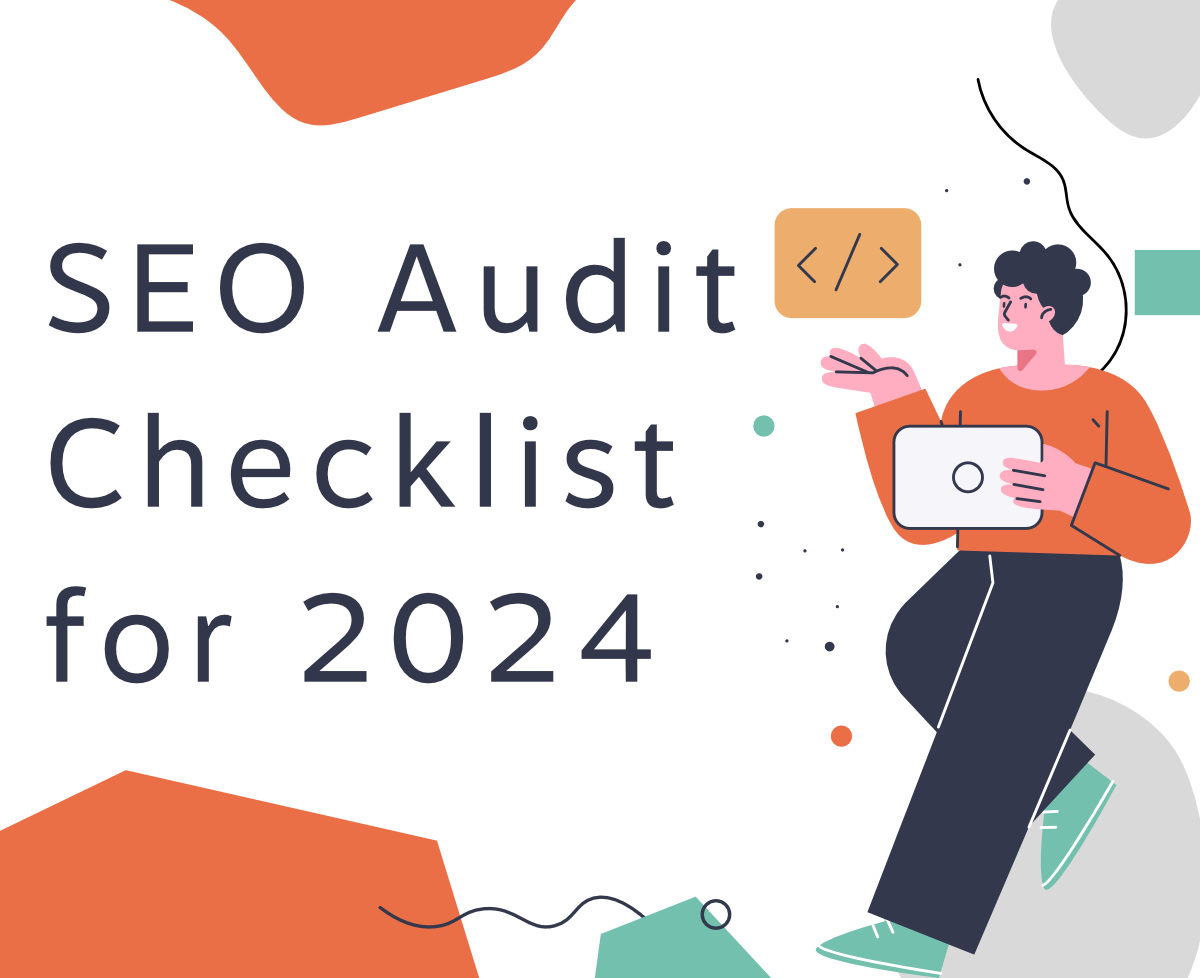Troubleshooting common SEO problems. You’ve done your research and started your SEO campaign, but now let’s investigate troubleshooting SEO problems that you may be coming across on your way. We’re going to be looking into three main issues that you may possibly be coming across as you’re starting your search engine optimisation.
Why can I do when my site is not being listed in search engines at all?

You’ve spent so much time planning and designing your website, and now when you’re typing your business or website name into Google…you’re not seeing your website! This can be so frustrating – but don’t worry because there’s usually an easy fix.
It’s likely that if you’re experiencing these problems, it will be due to one of the following reasons.
If your website is new, Google may have not found it yet.
Google is constantly crawling already indexed websites, and following links. Therefore, if no websites are sharing any links to your website, it’s likely that Google has not come across your website yet and it simple does not know that it exists.
The fastest way to point Google in the correct direction of your website is to share a sitemap with it, you can do this with Google’s Search Console.
How to submit your sitemap to Google
If you have WordPress site, then the sitemap has already been made for you. To access your sitemap just simply add ‘/sitemap_index.xml’ onto the end of your website URL.
Next, you’re going to need a Google Search Console account. This is a tool created by Google to help website owners understand things such as; the index status on their websites, how many times their website is shown on SERP’s and what the queries it is appearing to ‘answer’.
Once you have created your account and verified your domain, you’ll be able to add your sitemap under the ‘Index’ tab. Once you have submitted your sitemap, you’re going to want to speed things along a little bit more. You can do this by requesting indexing, by clicking on the URL inspection tool and entering the URL of your website. At this point you’ll either be able to see that your website can be found on Google, or you can click on the ‘request indexing’ button to add your page to the queue of pages waiting to be crawled.
What can I do if my business is not ranking for my own business name?
So, you’ve created your business, and you’ve got an original business name…but when you type this name into Google, you’re not on the results page. Why could this be? It’s likely to be either one of two reasons in this case; you’re either having a technical issue with Google indexing your website, or you have been handed a penalty!
Firstly, when you’re naming a business it’s probably a good idea to not go too generic! You want your business name to be unique to you and your business. Think short, snappy and different. It can be difficult to think of a good business name, but it might be a good idea to have a little Google Search yourself when you’re starting up. Start to brainstorm ideas; what works well, what’s already been taken, what shows up on the Google searches of similar businesses in your area?
Secondly, when you have your business name, and you’re starting up your website and venturing into the world of Search Engine Optimisation…follow the rules! Google can hand out harsh penalties for those who use ‘Black Hat SEO techniques’. For more information on this, check out our previous blog ‘What is SEO? A Complete Introductory Guide to SEO 2021.’ for help with troubleshooting SEO problems.

What can I do if my ratings drop off?
You’ve spent your time researching SEO and troubleshooting SEO problems and you’ve watched your rankings creep up, or even shoot up quickly. But now, your rankings have started to drop! It can be so frustrating after all of the hard work you’ve put in to suddenly see your ranking drop a few places on Google. But don’t panic! We have a few steps listed below to help you boost yourself back up on SERP’s again.
Analyse
To know that your rankings have dropped, you need to already be tracking your rankings. So, from this point on, our advice is to track your rankings quickly every day. Every day might seem like a bit obsessive, how much can change on Google in just one day? Well…a lot! Google makes 3200 changes a year, which averages out to around 8 changes every single day.
Look at your links
Your usage of links are how you gain authority, so it’s unsurprising that a strong link profile often means high rankings! This also works the other way around. A weak link profile will often mean low rankings.
You will need to conduct a link audit to assess where your strong and weak links are. This will help you to better understand your link profile. You can do this through a backlink analyse tool such as SEMrush Backlink. When you find ‘bad links’ you can then simple contact the website where those links are held and ask them to remove them.
If your link profile looks okay after an audit, but your rankings are still low then we will need to dig a little deeper. Did you know, that you can also lose both internal and external links, and this can cause your ranking to drop.

Internal links – You might have gone through your website and had a little tidy up and maybe deleted an old blog. Now the link on your website to take you to this blog no longer works. You’re left with either less material to link, or links which are broken. Our advice here would be to not delete content unless it’s absolutely necessary. Keep your old content and if it’s essential that you do delete your old content, then make sure you replace it with new content and really look into any broken links that you might be leaving behind.
External links – External links will be links on other people’s websites. There is little you can do about these other than reaching out to the website which held you links and sending them an email, giving them the link that they used to previously and asking if they could re-upload it. Chances are that some people might just ignore you, but the bottom line is if you don’t ask you don’t get. Another option is to try to make some new collaborations, have a think about any new businesses which you’d be able to collaborate with and reach out. What could you offer these new businesses on your website too? Sell yourself and get some new fresh external links.
Clean up your website
Now you’ve checked your links and analysed your rankings, it may have made a bit of a difference but you were hoping for MORE, so what’s next? It might be time for a website refresh, it’s likely if your website is a bit older then it could be starting to get outdated and it might just be time for a little bit of a refresh. Make sure your website works well for all your mobile users – after all most online searches are not done on Mobiles, rather than on desktops. If your website doesn’t load properly on a mobile, it’s likely you’ll lose a lot of that traffic as they get frustrated and just go off elsewhere for some quick and easy answers.

After all, it’s 2021, everyone is on the go and everyone is looking for answers and now! Did you know, that if people can’t get on your website in 2 seconds then they’re likely to hop straight back off and try the next website. So, if your website can’t load and perform in just two seconds then you’re going to be herding your traffic onto elsewhere.
When Troubleshooting SEO problems, it’s likely that you’re going to have to make a checklist and keep checking through each point listed above until you find what works for you. They don’t make it transparent or easy for us, but once you start to find what works for you, you’ll get amazing results for yourself and your business. Work away at each point, and start to put some of this in practice before your website begins ranking lower. This way you can keep yourself ranking highly without the time pressure behind you to perform.





